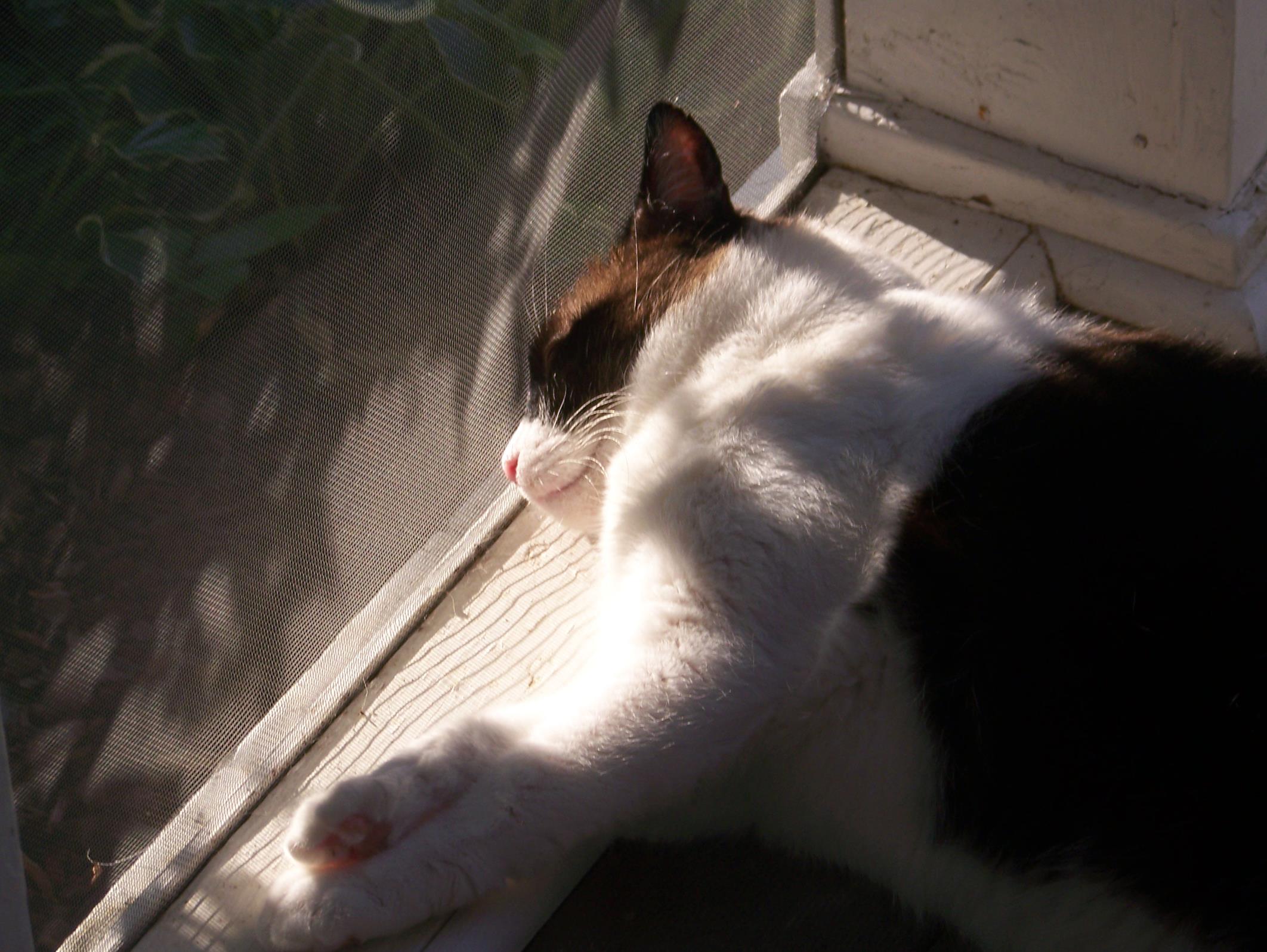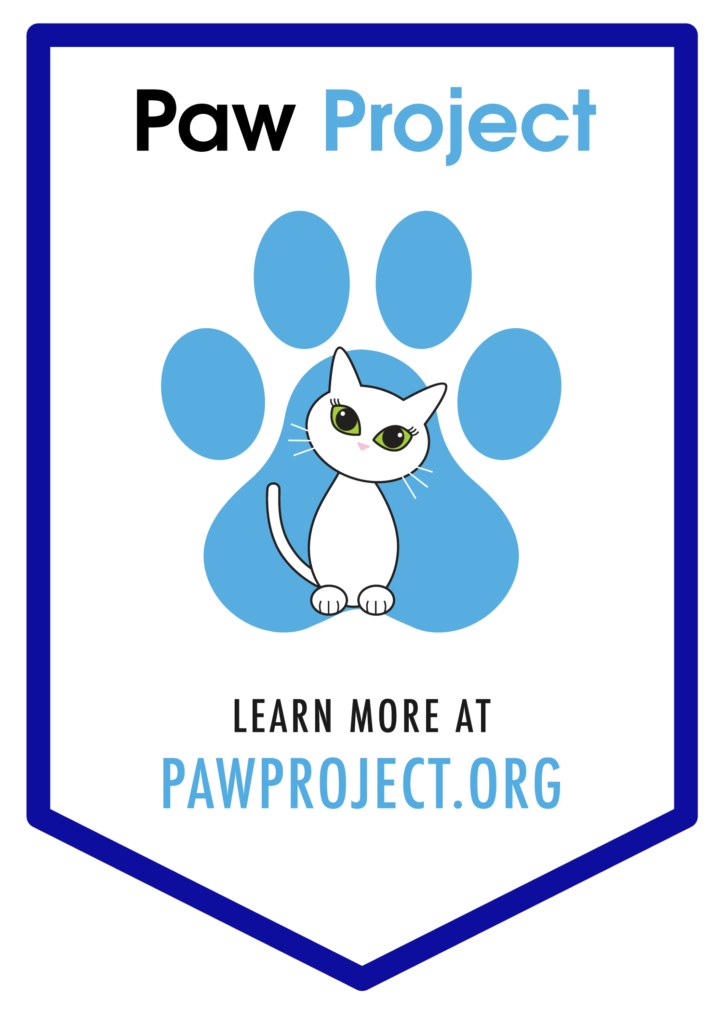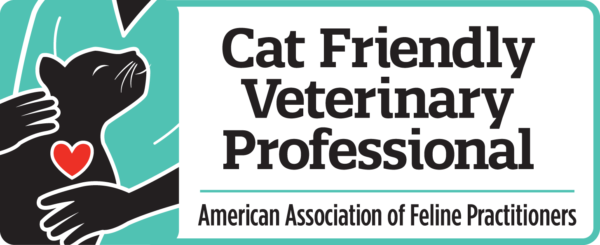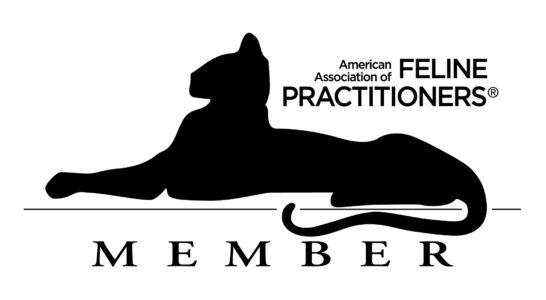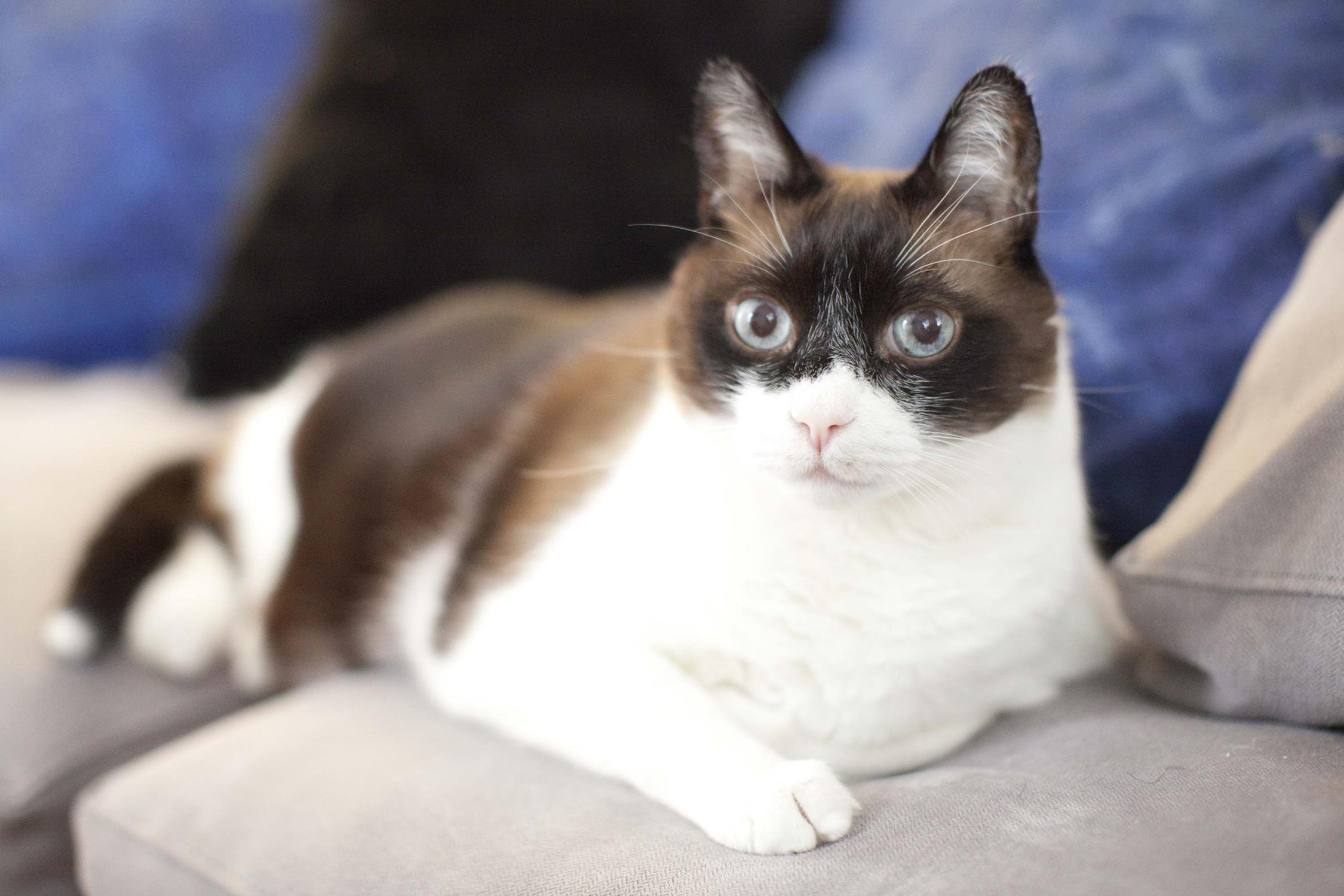
Kodiak was brought into the practice where I was employed at the time. His original name was Issac. He had been abandoned outside of an apartment complex and brought in by a local cat rescue. He was a stunning cat, but Kodiak had some baggage. He was all four-paw declawed (AND LEFT OUTSIDE!) We performed our usual intake protocol getting him ready for adoption, but in doing so we discovered how mutilated his little feet were. Nonetheless, we put him in our adoption room in hopes of finding him a new family. He was marveled at and inquired about daily; he was super handsome after all.
We learned quite quickly that Kodiak was a biter, likely why he was left outside where he was defenseless having no claws. We began warning people not to touch or pet him too much. It is a bit challenging to adopt out a cat when you have to tell people not to interact with him. He was so soliciting of affection and good looking making him a bit hard to resist. Finally, we had a taker. A cat savvy parent that understood he was a bite risk but wanted to take on the challenge anyway. We adopted Kodiak to her with specific instructions on managing the behavior. Fingers crossed off he went to home number two.
A few weeks later Kodiak was returned for biting. It happened a few too many times and a bit too hard, so the family decided it was not the right fit. So, does declawing keep cats in their homes? The answer is vehemently no.
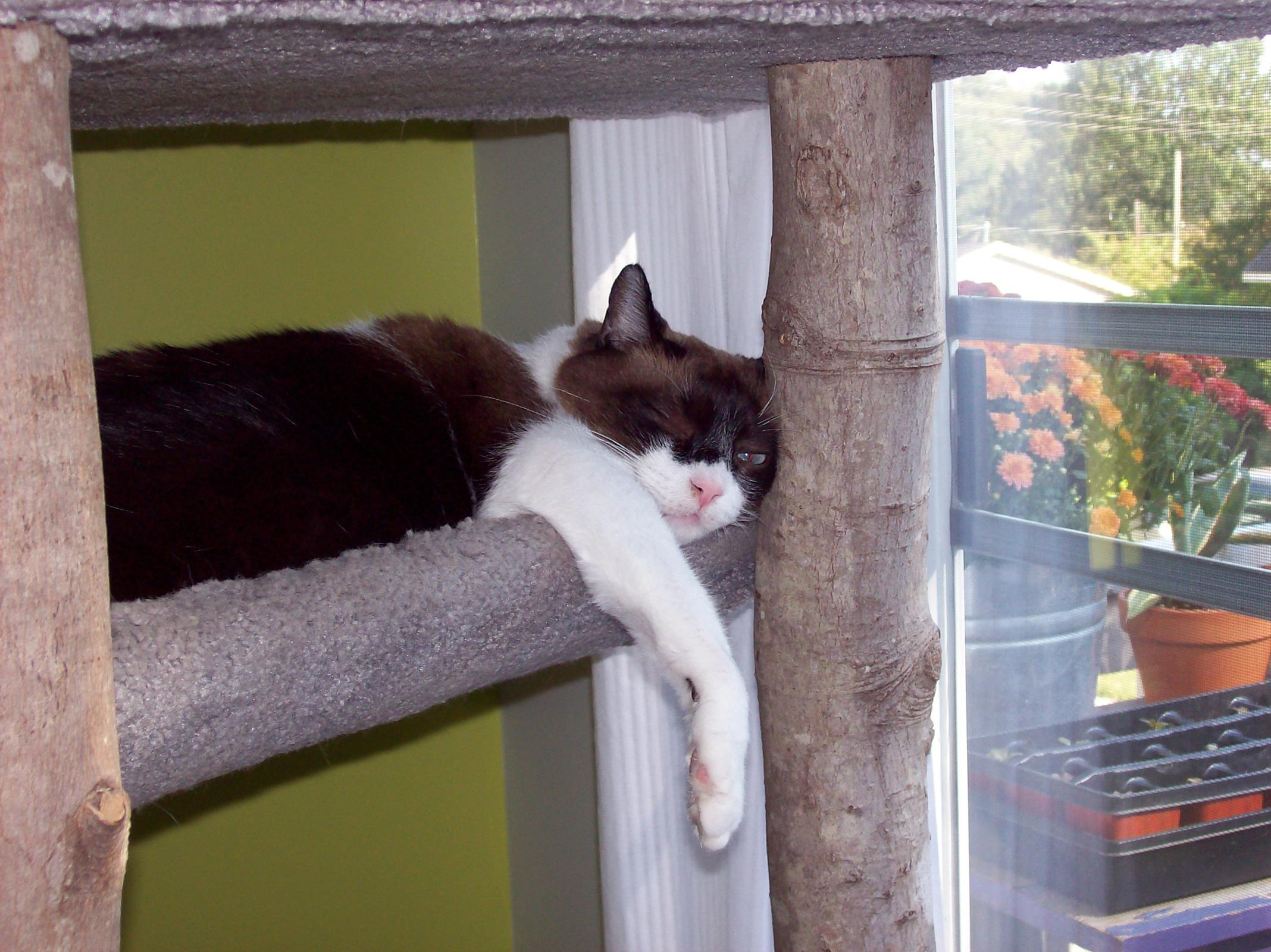
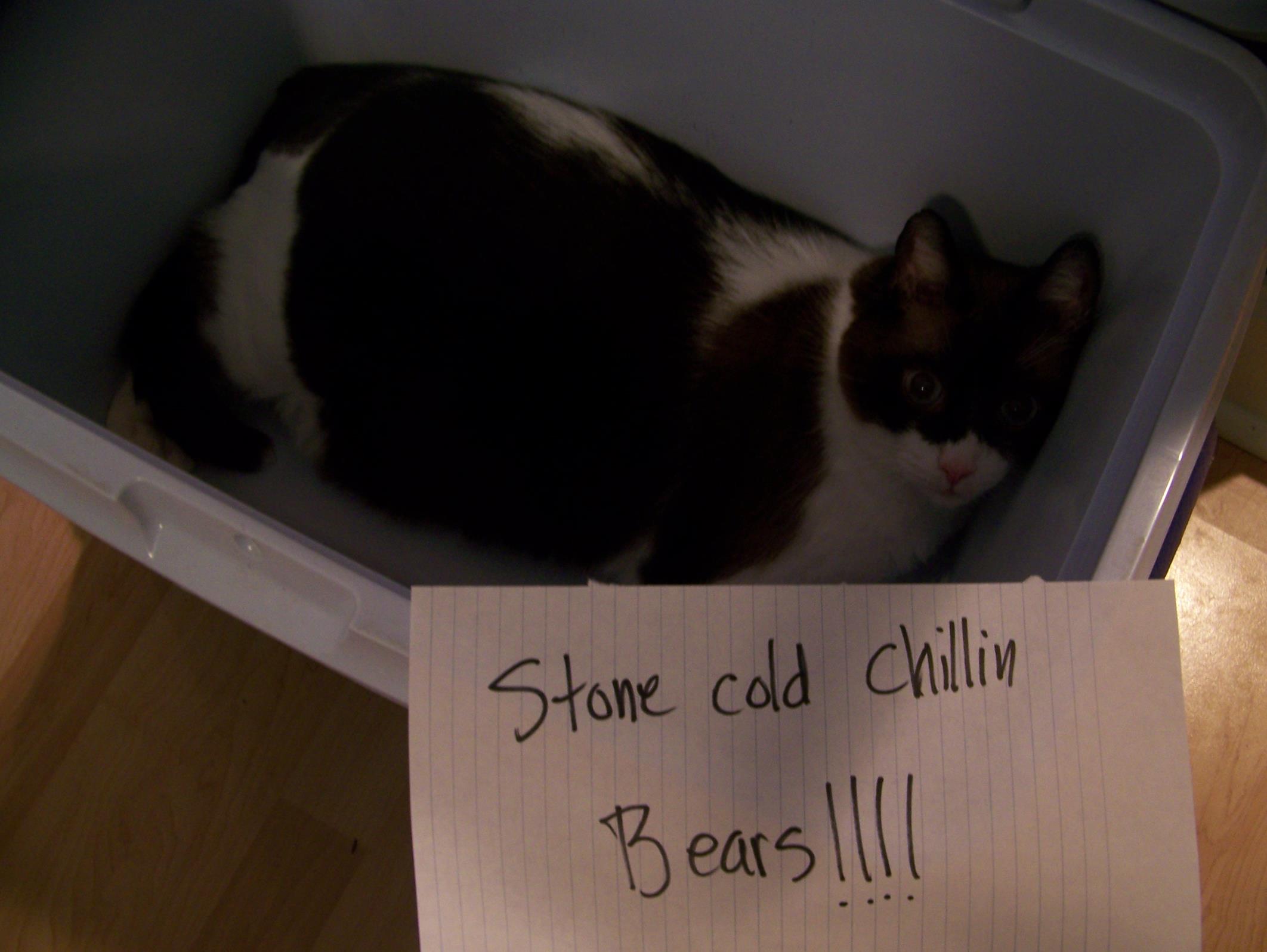
We decided to look a little further into Kodiak’s aggression by x-raying his feet and discovered he had some bone remnants from his declaw. Since the cells for the nail come from the bone, if the entire P3 bone is not completely removed, you get regrowth of nail under the skin. We decided to do surgery to “fix” this, which basically involved re-declawing him. We did not offer declawing at this feline only practice so it was my first experience with the procedure. I was horrified and sobbing upon his bloody recovery from anesthesia. I will liken it to slaughtering your own cow for a steak dinner. For the majority of people, if they had to kill it to eat it, probably wouldn’t. If clients could watch a video of a declaw surgery and the cat’s recovery post op before electing to do it to their beloved cat, they wouldn’t. Sheltering clients from the gruesome facts is an enormous part of the “cover up” that is happening in veterinary medicine.
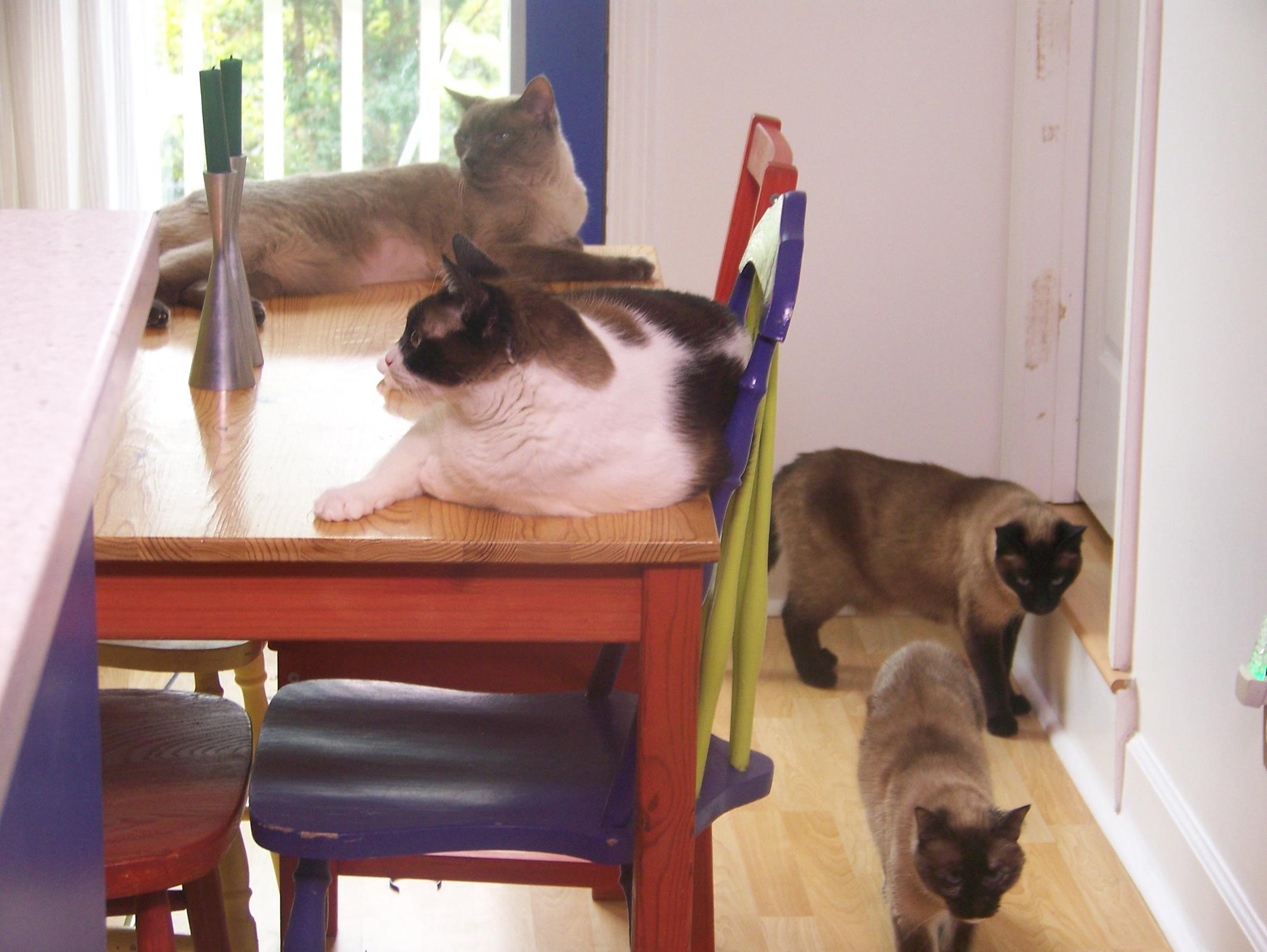
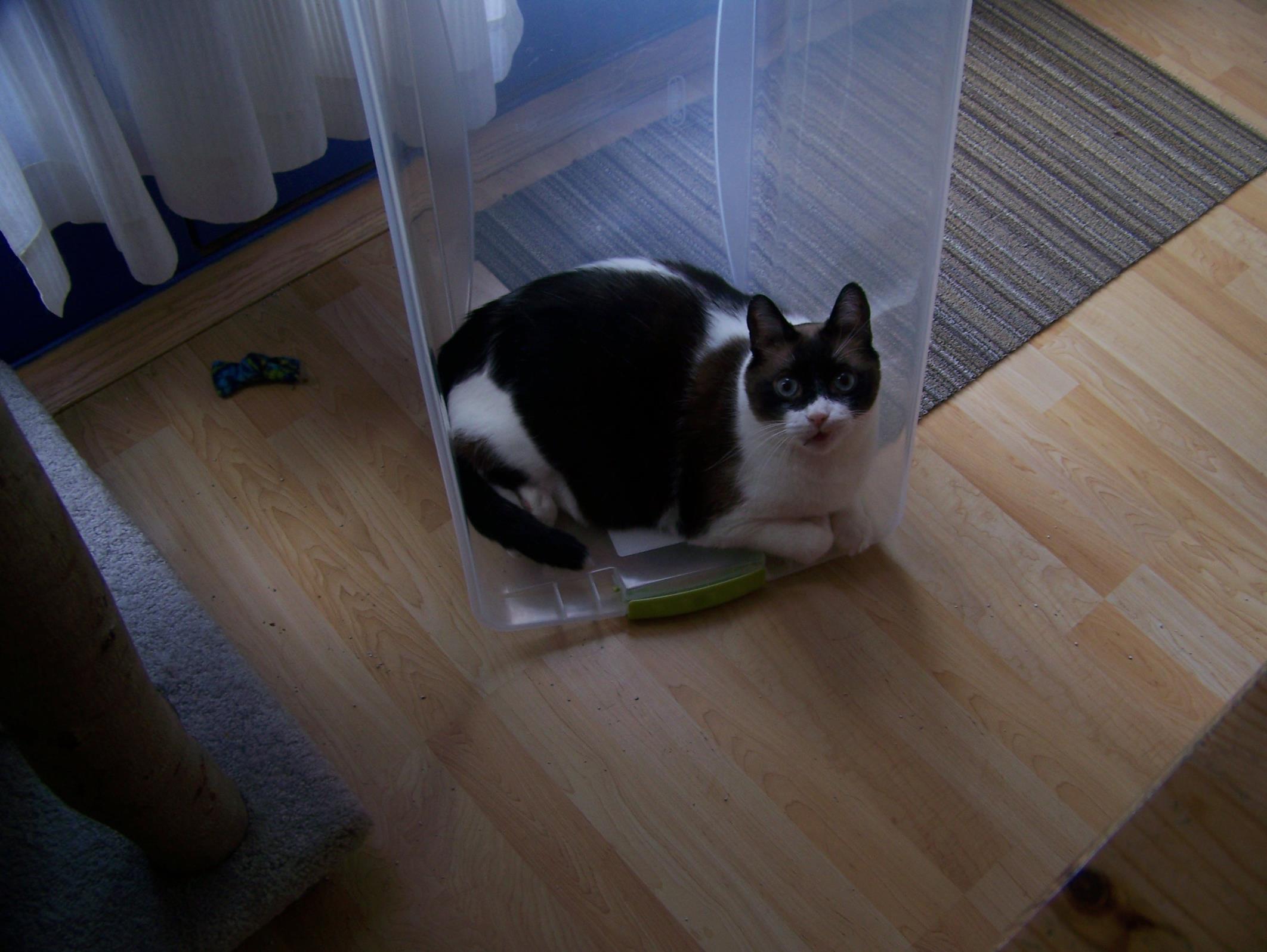
Kodiak could no longer be trusted in the adoption room. He was a liability, so he lived in the back of the hospital where I became extremely attached to and empathetic for him. I’ll never forget the day I saw him scratch on one of the posts at the clinic, it made me choked up that he knew just what to do, remember cats also scratch to scent mark so even without claws the behavior is performed. So I took him home and Jake and I became home number three that I know of, and this would be his last stop because we do not give up on animals, no matter what. The baggage was still there, and we learned to recognize and work with him but you ALWAYS had to watch yourself around Kody Bears. He proceeded to have more re-growths on different toes at different stages of his life. Kodiak was declawed initially and then re-declawed 3 subsequent times. We know more now and we know better; we should have opened up all four feet and just corrected his botched declaw from the start, perhaps two feet at a time, but hindsight is 20/20. Kodiak developed one last regrowth in his senior years but I couldn’t do it to him again. I chose to medically manage him and treat him for chronic pain instead.
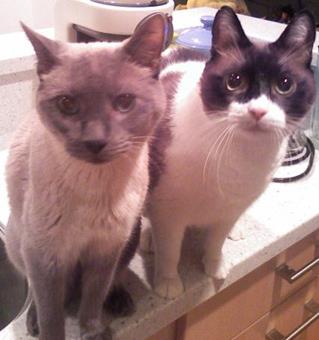
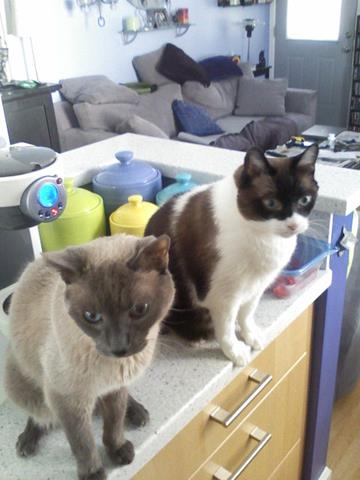
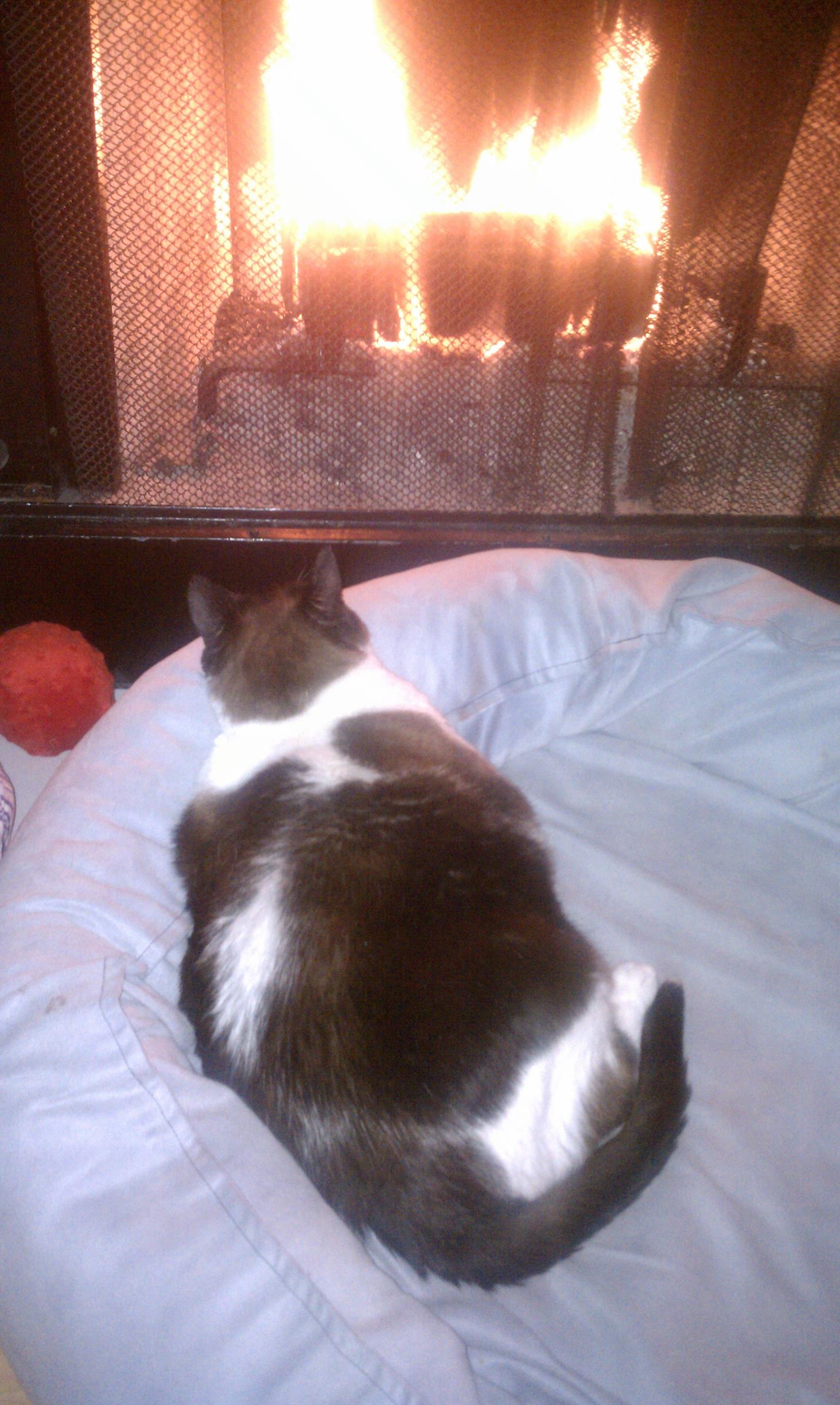
Kody had another good friend at the clinic, Charcoal. Honestly, I was having a hard time choosing between which of the two I would adopt. One Saturday when I was off from work, I got a call from one of the other techs asking me to choose because a family was interested in both of them but only wanted one cat. I was in tears, I couldn’t! I know I picked one, I think it was Charcoal, but I honestly cannot remember. I was nauseous when I arrived that next Monday morning wondering who was going to still be there waiting for me. They were both there! We adopted them as a pair. You will meet the stunning Charcoal next month.
Kodias Bears! So many nicknames for this one, OMG! Bears was also quite the chef, he assisted Jake in the kitchen nightly and ate most everything offered that was of course non-toxic. We used to call him “Italiano Bears!” His dream was to go to Italy and have bruschetta, boy oh boy did he love cheese. No matter what we called him, his name always ended on the plural and that carried over to pretty much everybody, we don’t know why, it’s just what we do! He also enjoyed sparkly puff balls and regularly did the “calling” behavior that I so adore.
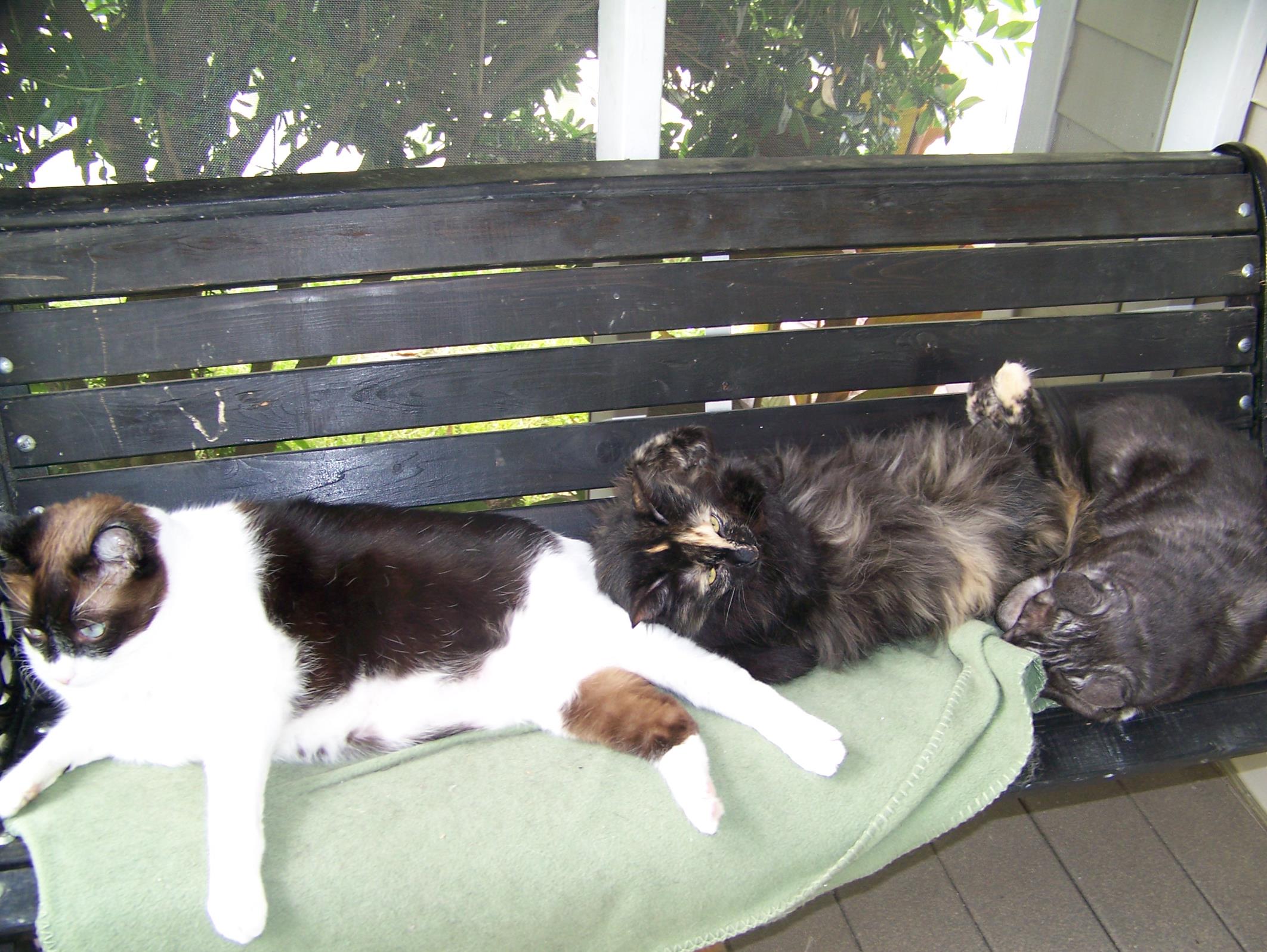
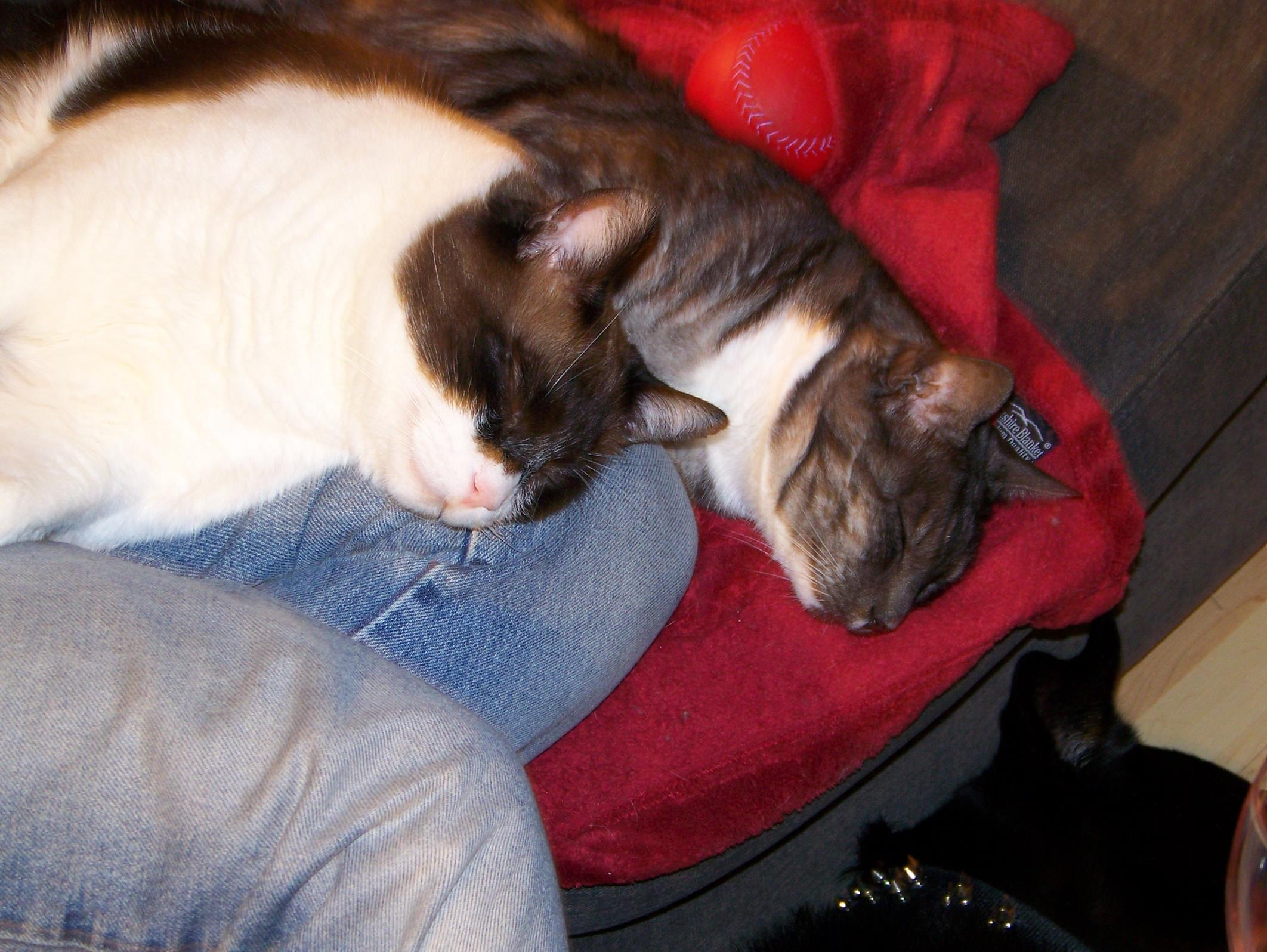
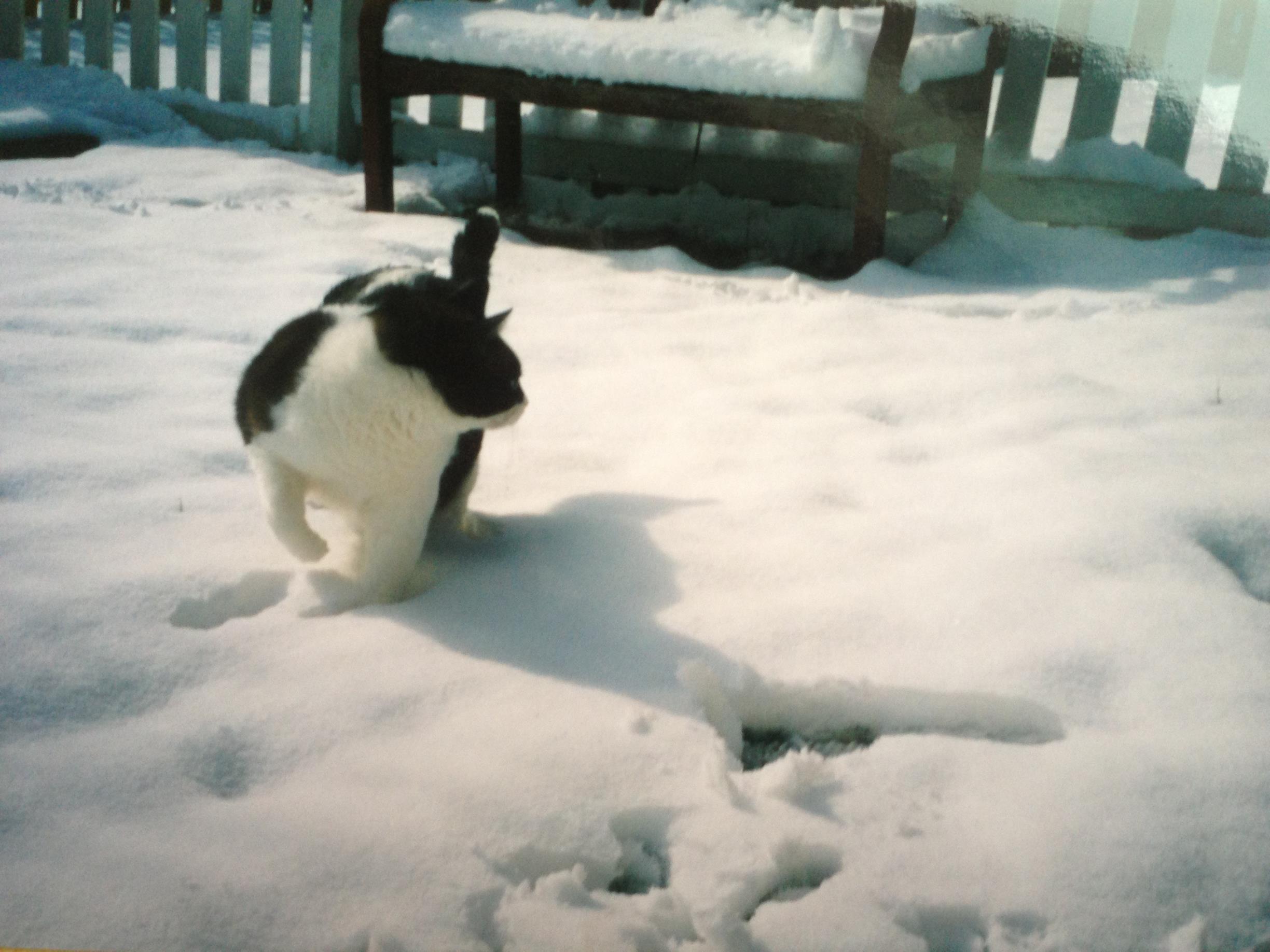
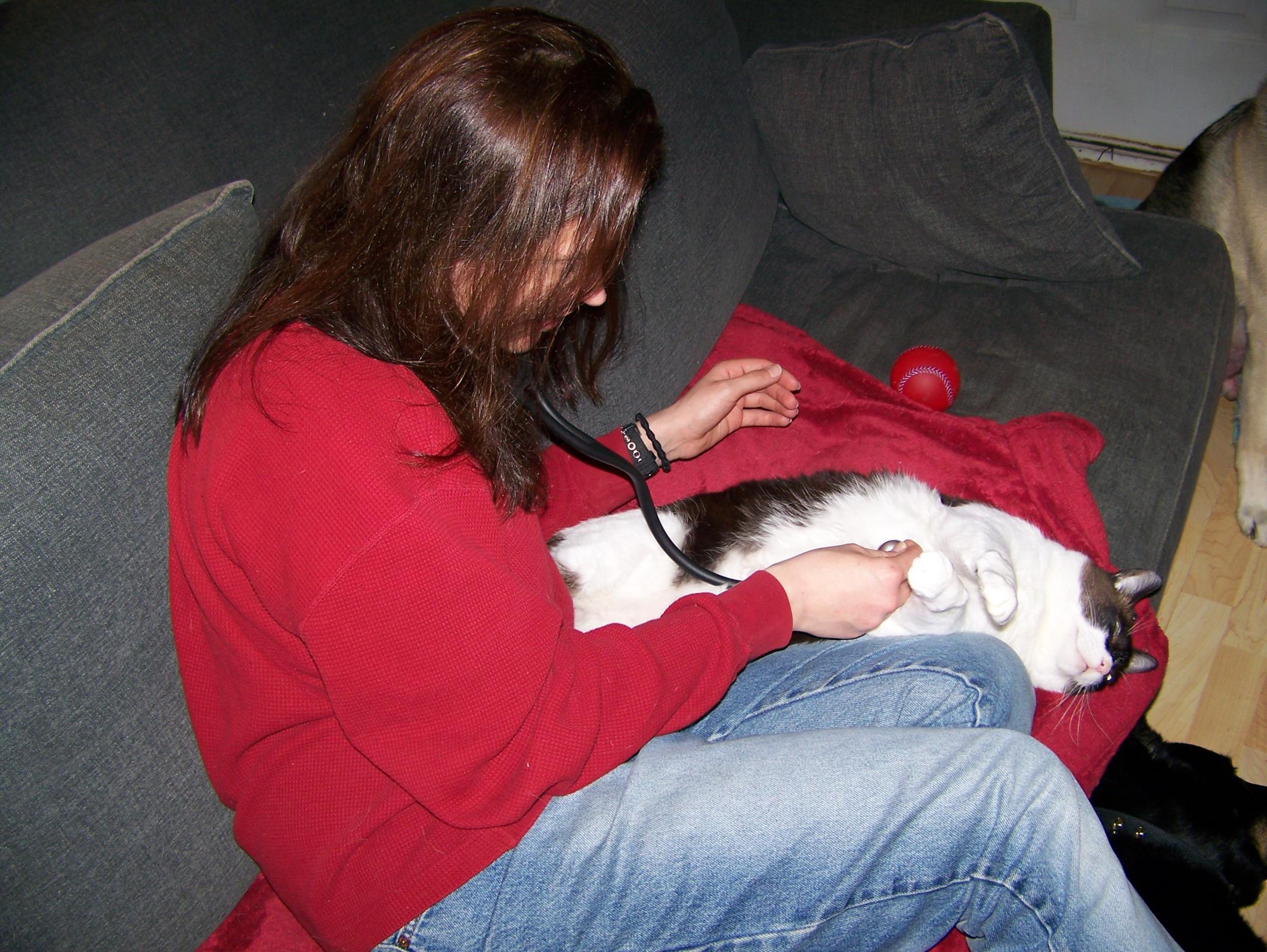
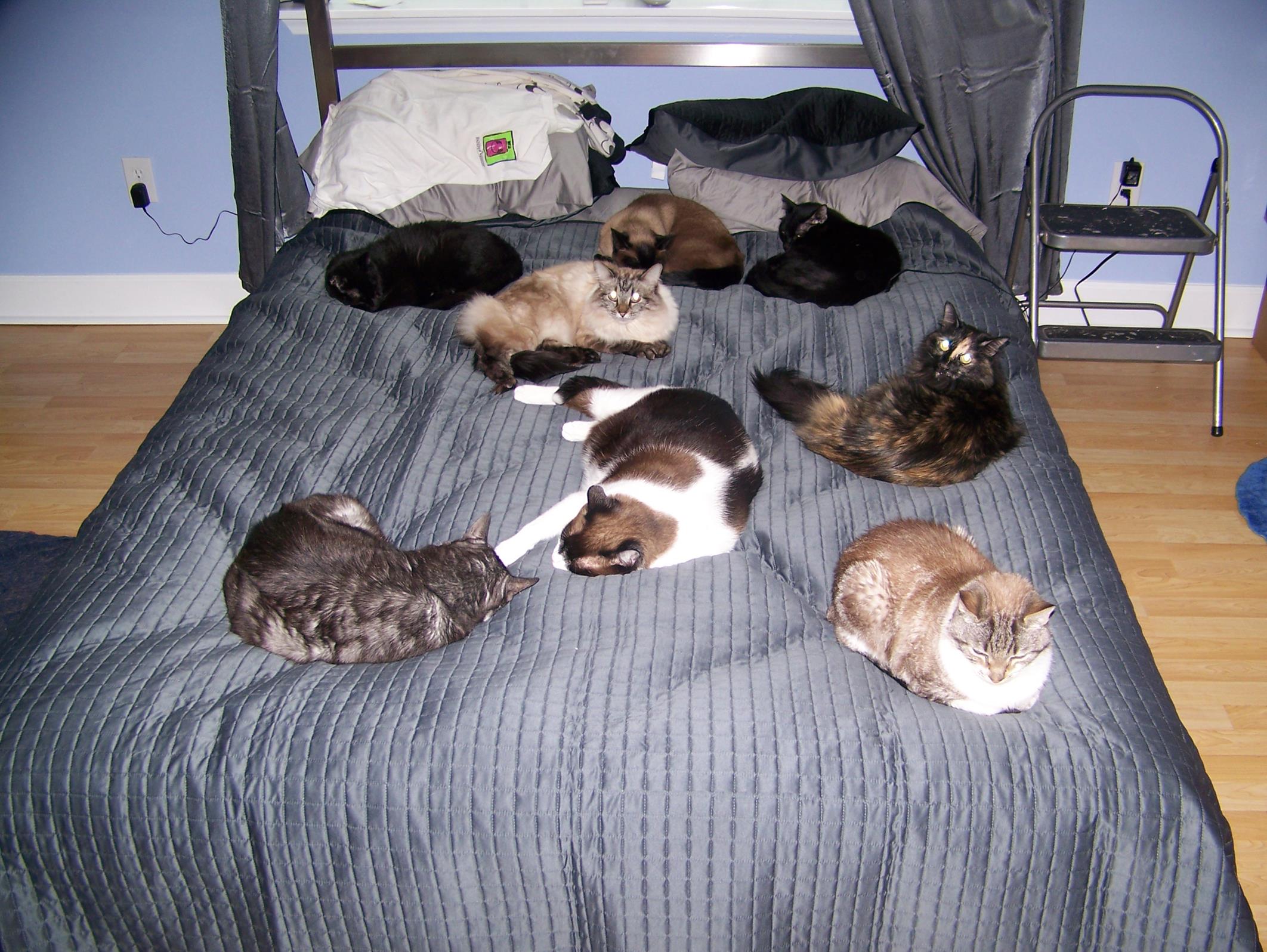
This cat remained unmanageable at the vet for the rest of his life. I would bring him up for his annual visits and we would examine and vaccinate him in the car. The vet’s office was associated with horrific pain. Another result of these procedures is that cats often miss out on veterinary care due their temperament, or they must be sedated for appointments due to their increased aggression.
One morning I woke up and found him deceased in the red room/extra bedroom. I yelled to Jake who came running out of bed, he and Jake were super tight. It was ok, for Bears this was the best way for him to leave us. I hate not being able to say goodbye, I much prefer to nurse and spoil them. I know everyone is different, but I personally loathe it when they are ripped away from me, but for Bears this was for the best. He hated the vet and the last thing I would’ve wanted was a struggle at the time of euthanasia.
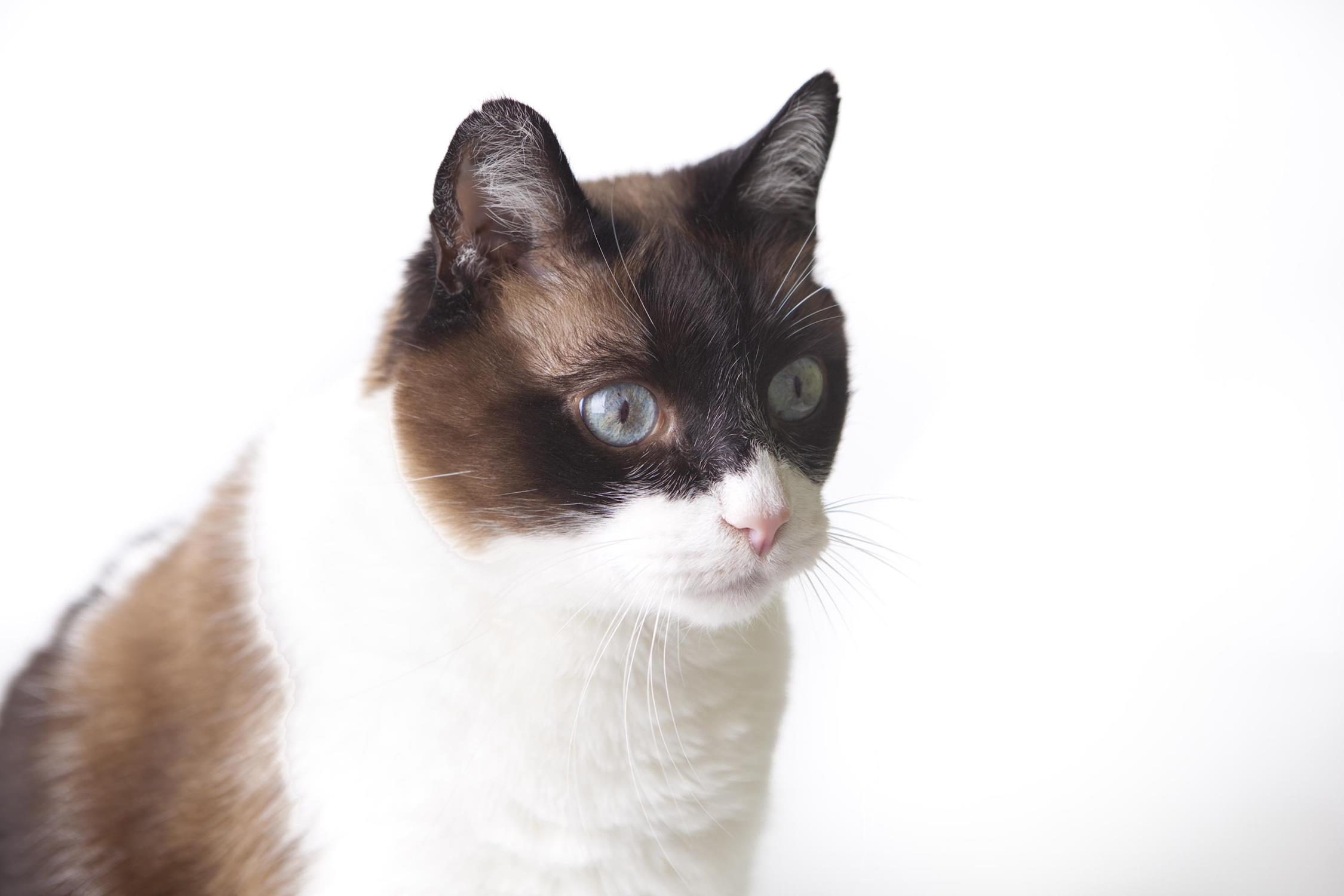
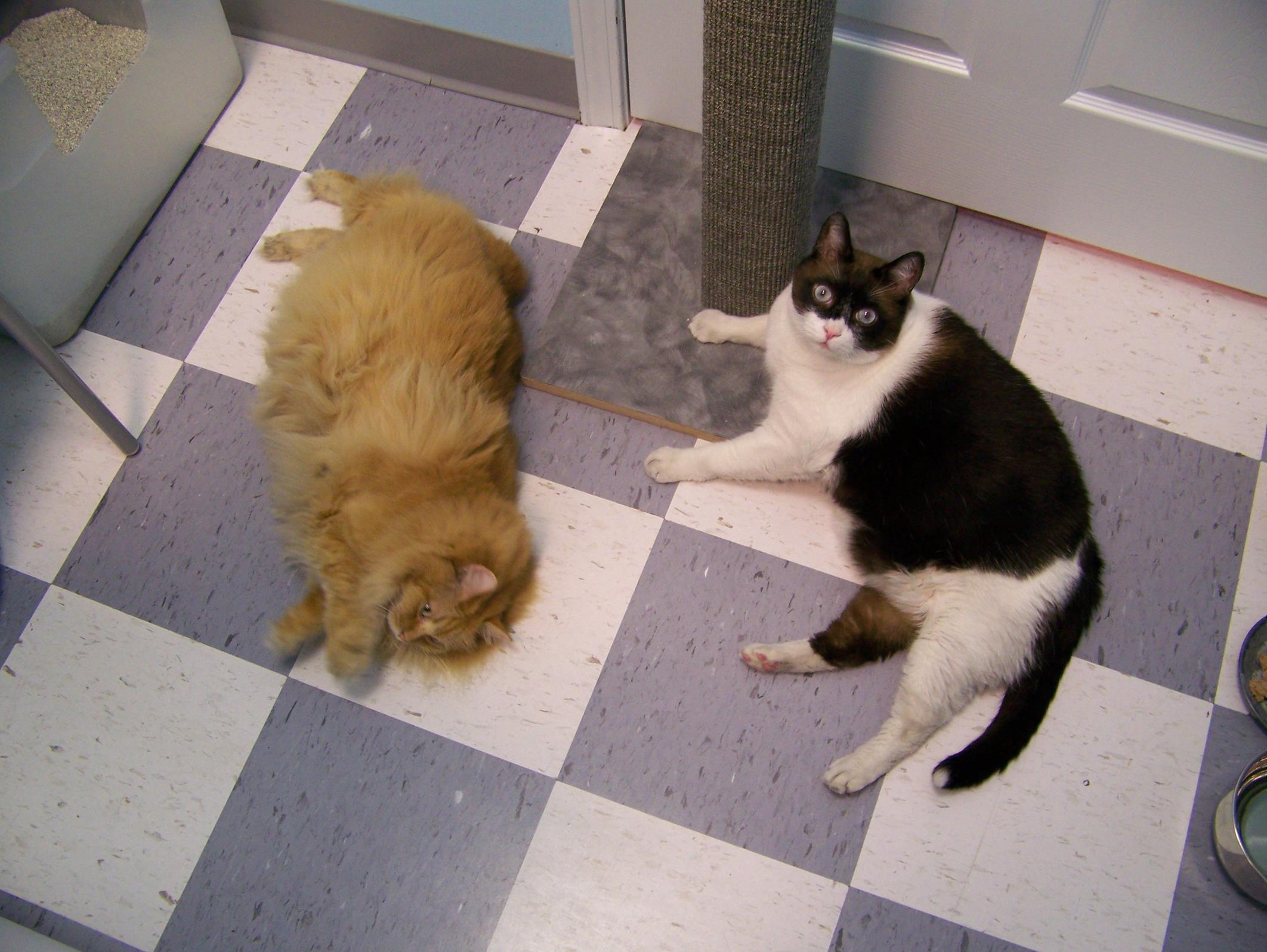
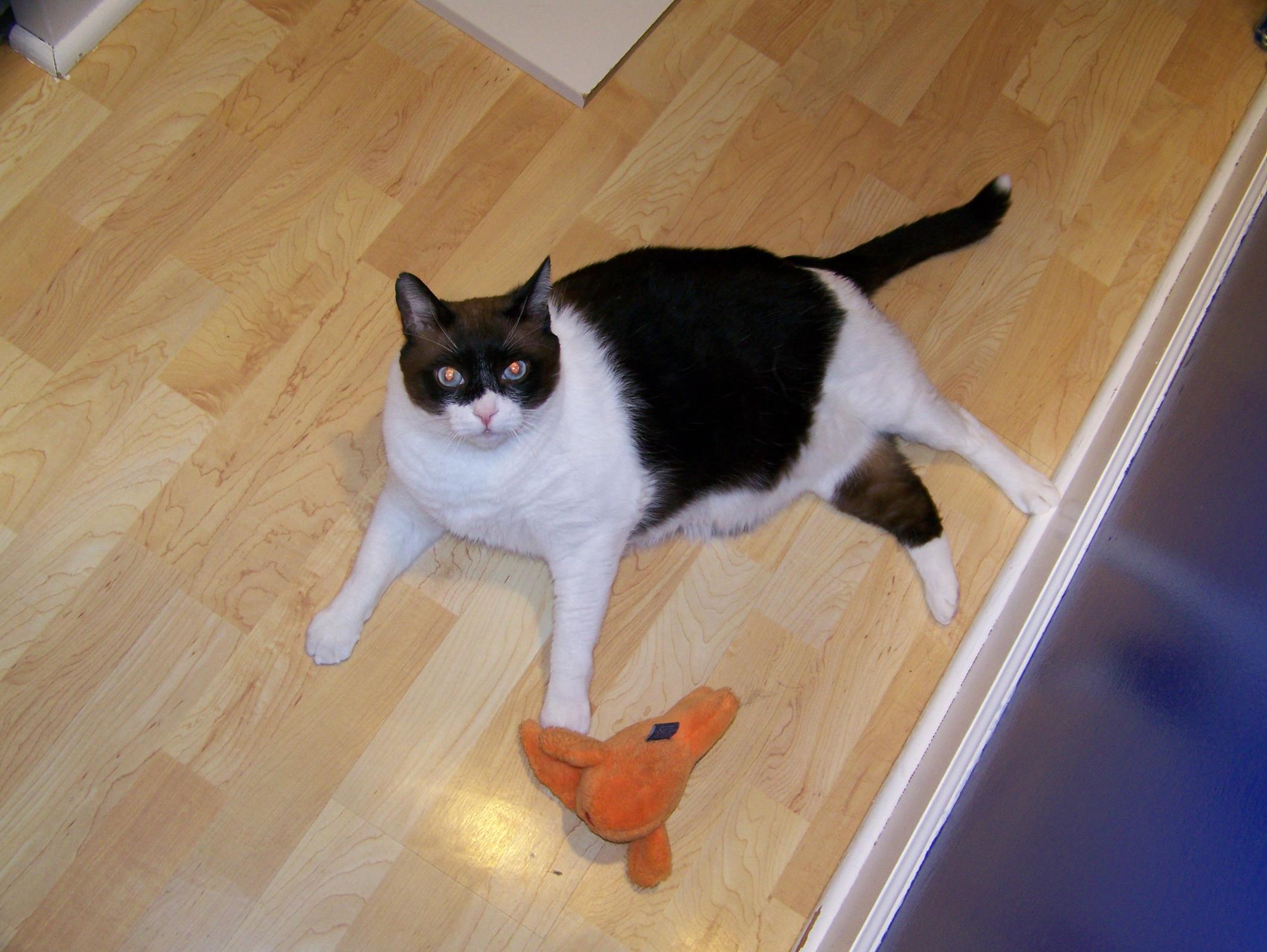
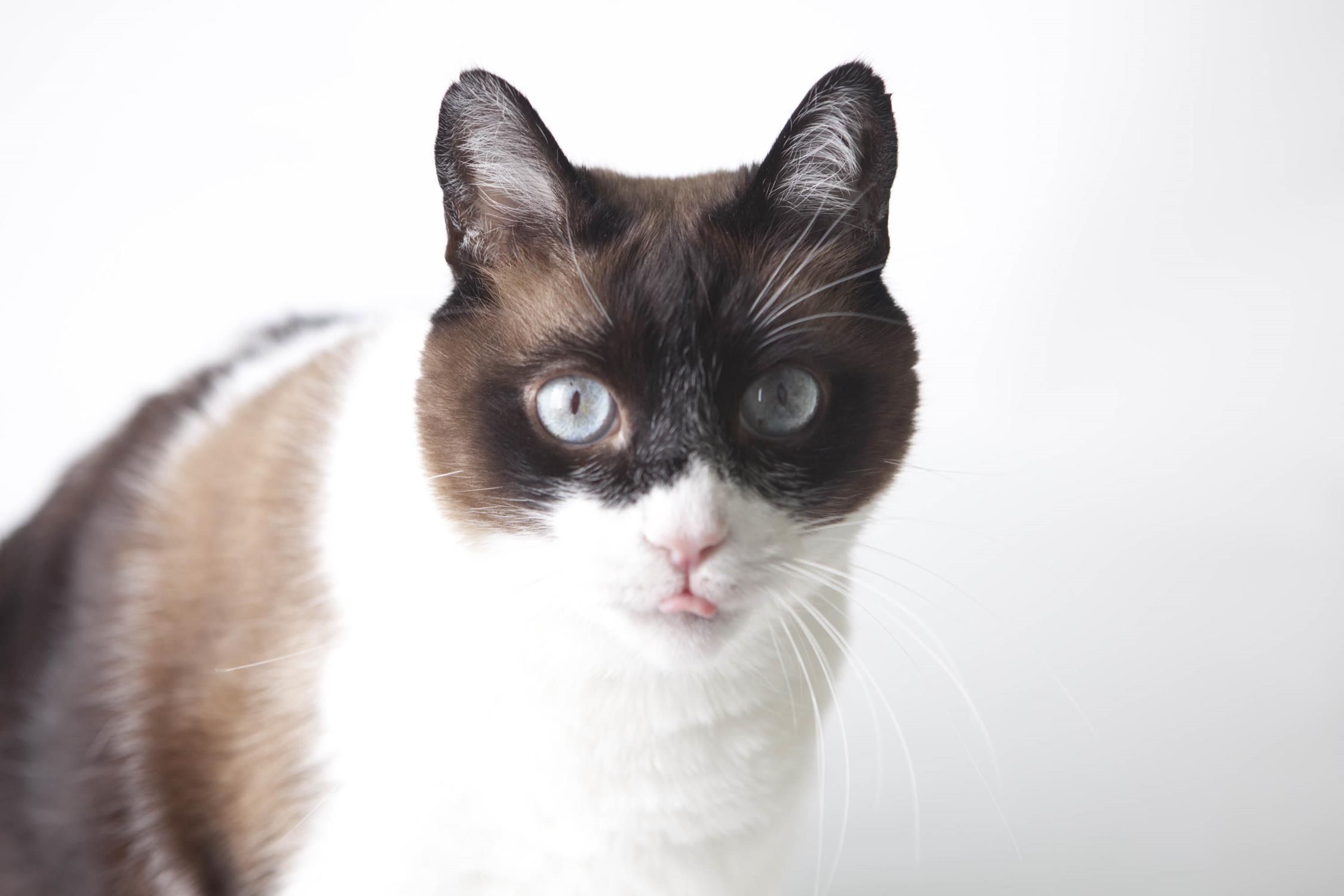
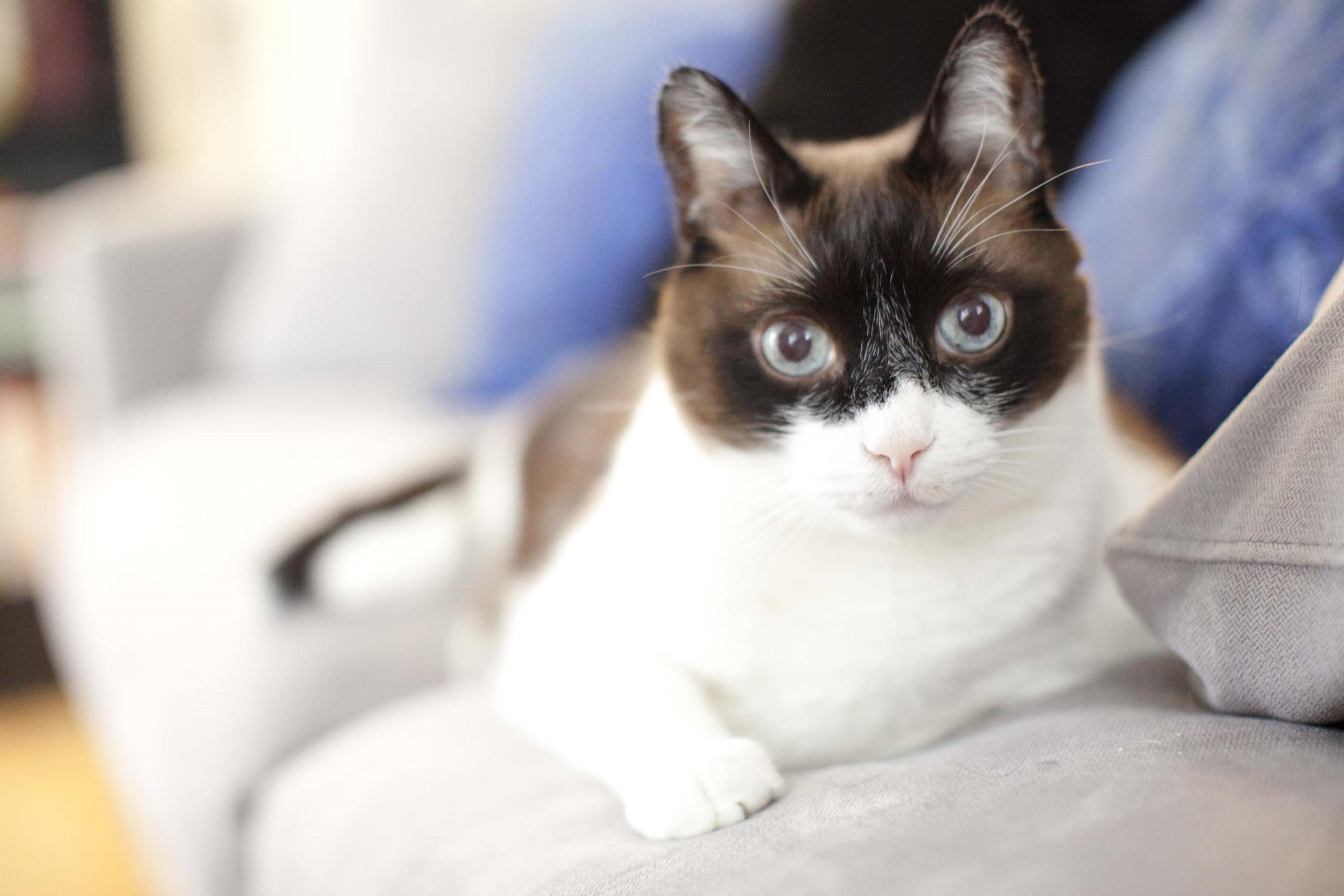
If you must alter a species to the extent of a 10-toe amputation (or worse, all 18 toes) just to be able to live with them, then I ask, why have you chosen this species with which to share your home? Scratching is an innate feline behavior; it would be like asking a dog not to bark or a bird not to fly.
I leave you with a quote from Jeremy Bentham, “The question is not “Can they reason?” nor, “Can they talk?” but, “Can they suffer?“
The answer? Yes, indeed cats can suffer and they do so at the hands of their doctors every day in this country. It is time to end the suffering. I hope this story has moved you to join the crusade to end declawing in the United States. Please consider joining or donating to the Paw Project and help us end this madness.
On behalf of the memory of Kodiak Bears please stop the suffering.
